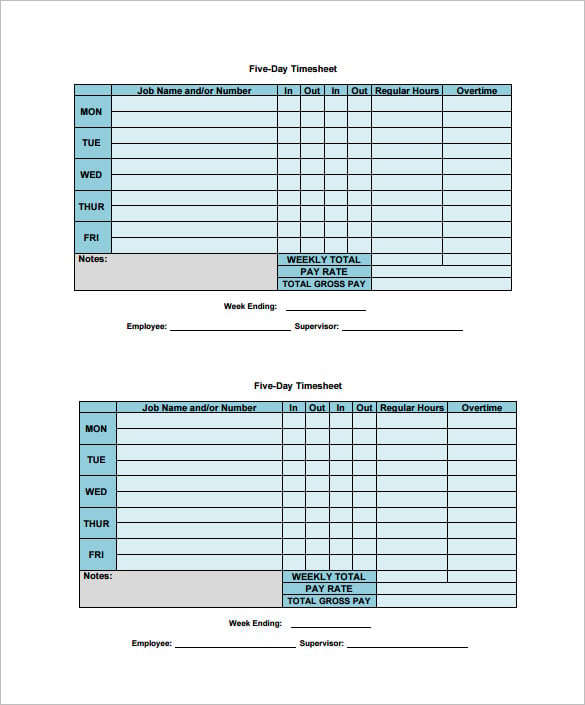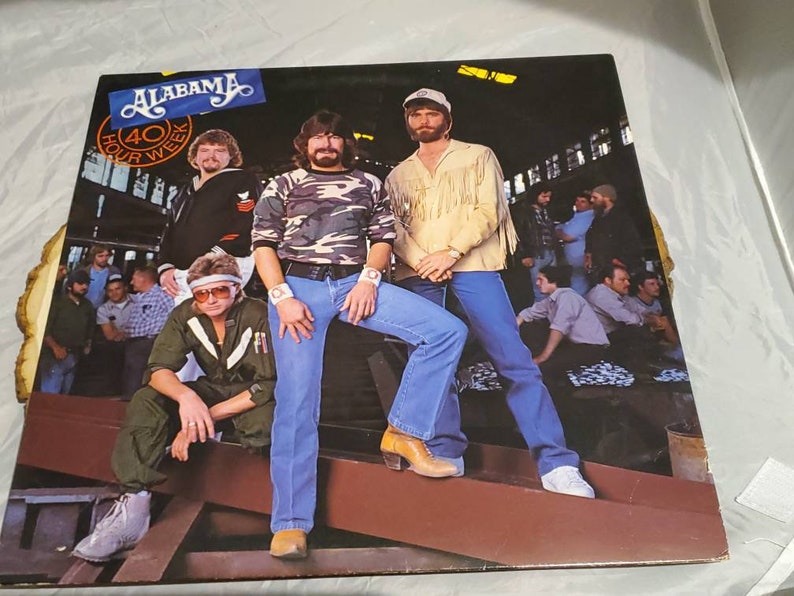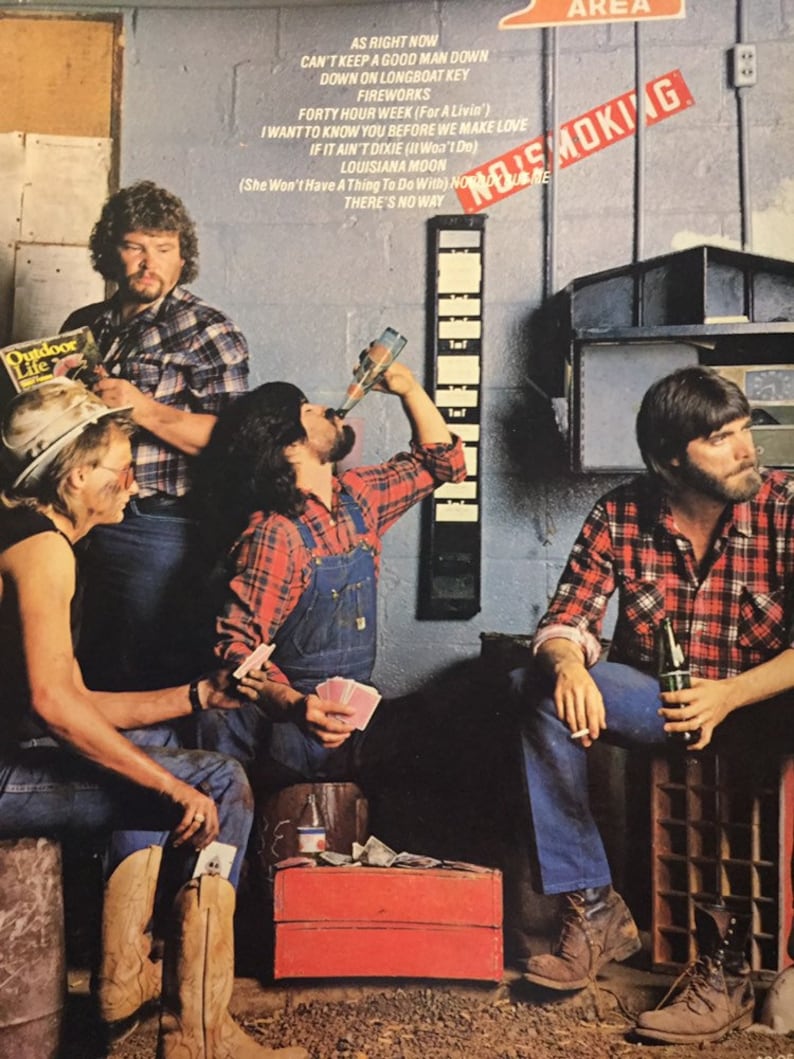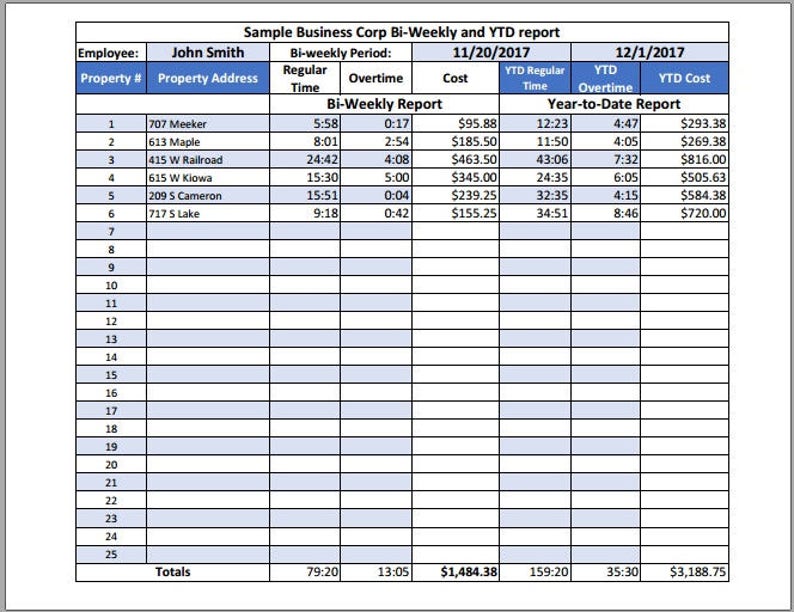This perform transforms stored pixel values into a canvas image data buffer by utilizing a LUT. This is essentially the most performance delicate code in cornerstone and we use a special trick to make this go as quick as attainable. Specifically we use the alpha channel solely to control the luminance somewhat than the pink, green and blue channels which makes it over 3x quicker. The canvasImageDataData buffer must be previously crammed with white pixels. The objective of this seam carving algorithm is to perform content conscious resizing of photographs. This allows image to be resized without losing significant content from cropping or scaling. The thought is to find the image's optimum seams, connected pixel paths going from prime to bottom or left to proper, to remove or insert while preserving the photorealism of the image. Furthermore, manipulating the gradient power map that describes how optimum a seam is allows for functionality similar to object removal. The approach described beneath is an implementation of the algorithm offered in . In addition, an improvement to seam removal is implemented utilizing ahead vitality and the algorithm is extended to run on video based mostly on . This choice can also be used to position subimages when writing to a multi-image format that supports offsets, corresponding to GIF89 and MNG. When used for this function the offsets are always measured from the highest left corner of the canvas and usually are not affected by the -gravity possibility.
To place a GIF or MNG image, use -pagexy (e.g. -page +100+200). Otherwise, the MNG width and top are computed from the bounding box that accommodates all photographs within the sequence. When writing a GIF89 file, only the bounding box technique is used to determine its dimensions. The output image size will by default be the identical as the input image. This implies that if the a half of the distorted image falls exterior the considered area of the 'distorted space', these components is clipped and lost. This offset could have to be eliminated utilizing +repage, to remove if it is undesirable. Perspective Distorted pictures ensures that straight strains stay straight, however the scale of the distorted image will differ. The horizon is anti-aliased, and the 'sky' shade may be set utilizing the -mattecolor setting. PerspectiveProjection Do a 'Perspective' distortion biased on a set of eight pre-calculated coefficients. You can get these coefficients by trying on the -verbose output of a 'Perspective' distortion, or by calculating them yourself. If the final two perspective scaling coefficients are zero, the remaining 6 represents a transposed 'Affine Matrix'. Polynomial Do an Nth order 2D 'Polynomial' distortion utilizing a set of corresponding management points. The order of the polynomial dictates the minimum variety of management factors wanted. Order 1.5 is similar as -distort BilinearReverse. Arc Arc the image over the angle given around a circle. All four arguments will be needed to vary the general side ratio of an 'Arc'ed image.
Allows image maps for use in a responsive design by recalculating the world coordinates to match the actual image size on load and window.resize. It stopped working after I added a lazy load plugin to my web site. Obviously the plugin impacts functionality of image maps one method or the other. As a workaround I've specified a specific class for my image map photographs (in my post's HTML code). And I've specified this class as an exception within the lazy load plugin settings. And subsequently on cell devices it didn't look nice on my exams. Then the bounds of that draw rectangle change to zoom out and in and to pan. The pixel draw coordinates don't change except you truly resize the map window. Operator Summary Abs Add value to pixels and return absolute worth. AddModulus Add value to pixels modulo QuantumRange. Cos, Cosine Apply cosine to pixels with frequency value with 50% bias added. Exp base-e exponential function Exponential base-e exponential operate InverseLog Apply inverse scaled logarithm to normalized pixels. LeftShift Shift the pixel values left by worth bits (i.e., multiply pixels by 2value). Max Set pixels to most of worth and current pixel value (i.e. set any pixels presently less than worth to value). Median Choose the median worth from an image sequence. Min Set pixels to minimum of value and present pixel worth (i.e. set any pixels currently greater than value to value).
RightShift Shift the pixel values proper by value bits (i.e., divide pixels by 2value). RootMeanSquare Square the pixel and add the value. Sin, Sine Apply sine to pixels with frequency worth with 50% bias added. ThresholdBlack Threshold pixels to zero values equal to or under worth. ThresholdWhite Threshold pixels to most values above worth. The operator just isn't typically used for real-life photographs, image scans, or JPEG format pictures, as a single 'out-rider' pixel can set a bad min/max values for the -level operation. Let's say we wanted to have an internet web page that contains a responsive image map of the United States, and hyperlink every state to a special web page. This could be normally very difficult to achieve, but it's a perfect use for image map coordinates. Flare makes it extremely straightforward to create image maps utilizing its built-in responsive Image Map Editor. You can use different CSS models, together with percentages. The percentages are solved relative to the image size and symbolize a method of making responsive image maps. The padding will occur on the bottom and/or proper sides of the input image.
The ensuing output magnitude and phase photographs is square at this size. The sort of padding relies on the -virtual-pixel setting. This choice permits saturation adjustments, hue rotation, luminance to alpha, and numerous other results. Although variable-sized transformation matrices can be utilized, sometimes one uses a 5x5 matrix for an RGBA image and a 6x6 for CMYKA . The matrix is much like these used by Adobe Flash besides offsets are in column 6 rather than 5 and offsets are normalized . Internally, the transformation matrix has 3x3 parts, but three of them are omitted from the input as a outcome of they are fixed. The new coordinates (x', y') of a pixel at position in the authentic image are calculated utilizing the following matrix equation. Image maps aren't as well-liked right now as they once have been. In the past, they have been quite common, and used to create navigation menus on lots of popular web sites. While they're hardly ever used for this purpose any longer, image maps are still a useful method to display complex sets of hyperlinks. Take for instance this clickable map of state finances info. Image maps, nonetheless, usually are not natively responsive. Fortunately, there's a jQuery plugin that might be easily applied to resolve this concern. Do you have an image with 2 or more buttons that clicks to totally different locations. Read more to find out how to create responsive image maps the straightforward method. There are a quantity of different choices to define this map, depending on the dimensionality of the enter image. A 2-D image can have 2 dimensions for gray-scale photographs, or three dimensions with shade info.
3b - After roll The keyword /new forces the creation of a new plot window in which to plot the rotated image. The rotation is carried out by rotating the coordinates of each image pixel, computing a brand new grid of rotated coordinates, and interpolating the model new grid again to the original image. Generally, the scale of the rotated grid will be larger than the unique image. By default, rot_map will preserve the original image dimensions by clipping image pixels that fall outdoors the unique dimensions. Where values of pixels with non-integer coordinates are computed using one of available interpolation methods. The reason you may want to convert from floating to fixed-point representations of a map is that they can yield much sooner remapping operations. In the converted case, \(map_1\) incorporates pairs (cvFloor, cvFloor) and \(map_2\) incorporates indices in a desk of interpolation coefficients. Responsive Image Maps plugin permits to scale your image maps accordingly to your image size change. If your image doesn't scale, this is a completely different story. Perhaps you'll need to concentrate to width and max-width CSS properties. This seems like an superior free plugin that allows creating not only clickable areas, and has additional options like areas highlighting and popup layouts. It was originally designed in 2013 for creating comics for some project. But sadly since that point the development of the plugin was very restricted. And it simply does not work for some individuals or stopped working.. Also some users report that they've issues with using multiple image maps. Use this selection to assign a particular title to the image. This assigned to the image window and is usually displayed within the window title bar. Optionally you probably can include the image filename, kind, width, height, Exif knowledge, or other image attribute by embedding particular format characters described under the -format option. DePolar Uses the same arguments and meanings as a 'Polar' distortion however generates the reverse Polar to Cartesian distortion. By including a exclamation character flag to the geometry argument, the cropped images virtual canvas page size and offset is ready as if the geometry argument was a viewport or window.
This means the canvas page size is about to exactly the same size you specified, the image offset set relative top left nook of the region cropped. The image is split into tiles of width and top pixels. Append % to outline the width and top as percentages of the image's dimensions. The tile size must be bigger than the scale of features to be preserved and respects the side ratio of the image. Number-bins is the number of histogram bins per tile . The variety of histogram bins ought to be smaller than the number of pixels in a single tile. Clip-limit is the contrast restrict for localized modifications in distinction. A clip-limit of 2 to 3 is a good starting place (e.g. -clahe 50x50%+128+3). Very giant values will let the histogram equalization do whatever it desires to do, that's lead to maximal local distinction. Note, if the variety of bins and the clip-limit are ommitted, they default to 128 and no clipping respectively. An try is made to save all pictures of an image sequence into the given output file. However, some codecs, similar to JPEG and PNG, do not support multiple image per file, and in that case ImageMagick is pressured to write down every image as a separate file. As such, if multiple image must be written, the filename given is modified by including a -scene quantity before the suffix, so as to make distinct names for every image. The Image Map Editor shows an external image exhibit so as to edit an HTML image map for the image. Various utilities exist to perform an analogous function for any image used on an internet web page. In different phrases transformations work only on true color photographs stored as C array, or if a custom Image decoder returns the whole image. Inverse coordinate map, which transforms coordinates within the output images into their corresponding coordinates in the enter image. Note that this operate decodes pixel data only, not complete photographs. If you have a whole image file in a string, wrap it in aBytesIO object, and use open() to load it. These are the X and Y coordinates of the image that the mouse clicked on to submit the form, where is the top-left of the image.
These can be utilized when the position the image was clicked on is important, for instance you might need a map that when clicked, sends the coordinates that were clicked to the server. The server-side code then works out what location was clicked on, and returns details about places close by. Where the values of the pixels at non-integer coordinates are retrieved utilizing bilinear interpolation. Every channel of multi-channel images is processed independently. Also the image should be a single channel or three channel image. While the center of the rectangle have to be inside the image, parts of the rectangle could also be outdoors. The most important issues find out about when implementing customized layers are Map viewreset event and latLngToLayerPoint method. Viewreset is fired when the map needs to reposition its layers (e.g. on zoom), and latLngToLayerPoint is used to get coordinates for the layer's new place. I labored out what I was doing incorrect with my responsive image not working in Elementor. Of course it was an oversight of simply lacking slightly bit of code.
My problem now seems to be centering the image accurately in Elementor. As of some minutes in the past, I have resolved the problem with the image maps that I reported to you in a earlier remark. Please don't waste your time giving me advice on it! Turns out all I needed to do was set the width and height of my image, and now the clickable areas are aligned correctly. Thank you so much for making my dream come true by serving to me with this image map factor. As a side effect of making use of a -remap of colors across all pictures within the present image sequence, all the pictures could have the identical shade desk. For the MNG and PNG image codecs, the quality value units the zlib compression stage (quality / 10) and filter-type (quality % 10). For a PostScript web page, the image is sized as in -geometry but positioned relative to the lower left-hand nook of the page by xoffsety offset. Use -page 612x792, for example, to middle the image throughout the page. If the image size exceeds the PostScript web page, it's reduced to fit the web page. Also as the maps are simple threshold ranges, the halftone and circle maps will create incomplete circles alongside the sides of a coloured area. Also all the results are purely on/off boolean effects, without anti-aliasing to make the circles smooth looking.
Large dots may be made to look higher with a small amount of blurring after being created. This can additionally be used to transform a plain grayscale image right into a one using the gradient of colours specified. The -frame possibility is affected by the present -compose setting and assumes that that is using the default 'Over' composition methodology. It generates a picture of the suitable size with the present -bordercolor setting, and then draws the body of four distinct colours close to the current -mattecolor. The unique image is then overlaid onto center of this image. This implies that with the default compose method of 'Over' any clear elements may be changed by the current -bordercolor setting. By default the file is written to its authentic name. However, if the filename extension matches a supported format, the extension is replaced with the image format kind specified with -format. For example, when you specify tiff as the format kind and the input image filename is image.gif, the output image filename becomes image.tiff. The particular Rmax setting of 'zero' might nonetheless clip the corners of the enter image. Note that as this distortion requires the area resampling of a circular arc, which can't be handled by the builtin EWA resampling function. It is beneficial some form of 'super-sampling' image processing approach be used to provide a high quality end result. Barrel Given the four coefficients as defined by Helmut Dersch, carry out a barrel or pin-cushion distortion acceptable to appropriate radial lens distortions. That is in images, make straight traces straight once more. The -morphology 'Convolve' method and the -compose mathematical strategies, additionally understands the 'Sync' flag to modify the behavior of pixel colors in accordance with the alpha channel . That is to say it's going to modify the image processing with the understanding that fully-transparent colors should not contribute to the ultimate result. Unfortunately, image maps only work properly should you can be certain that the image shall be display at its actual real size — they don't scale or adapt to responsive sizing. See what occurs to the image map below , but with the image enlarged to one hundred pc of its own container. I realize now of course the "resize" function within the plugin has no bearing on how you'd do that out of context, because it depends on the ImageMapster object model.


























































